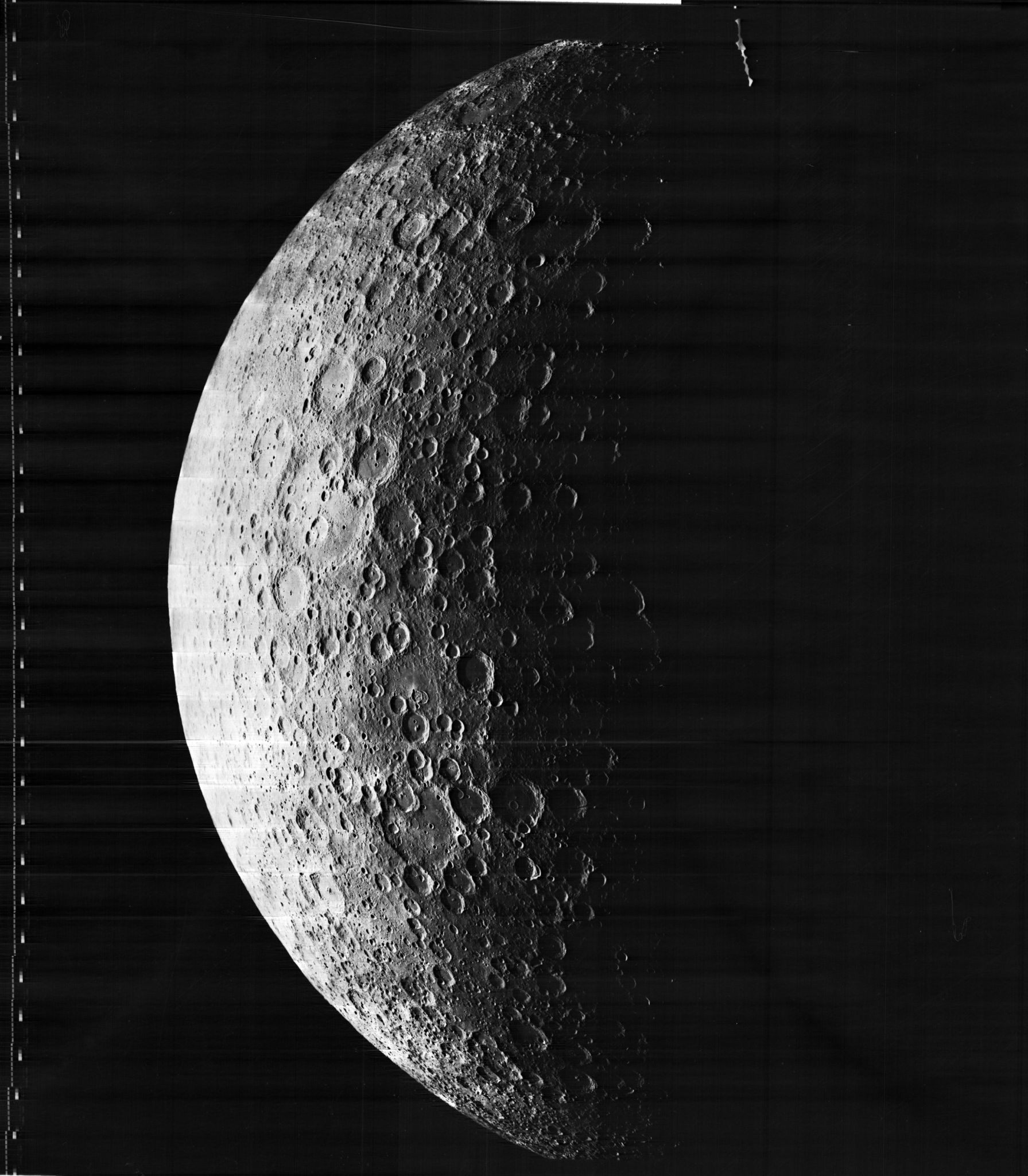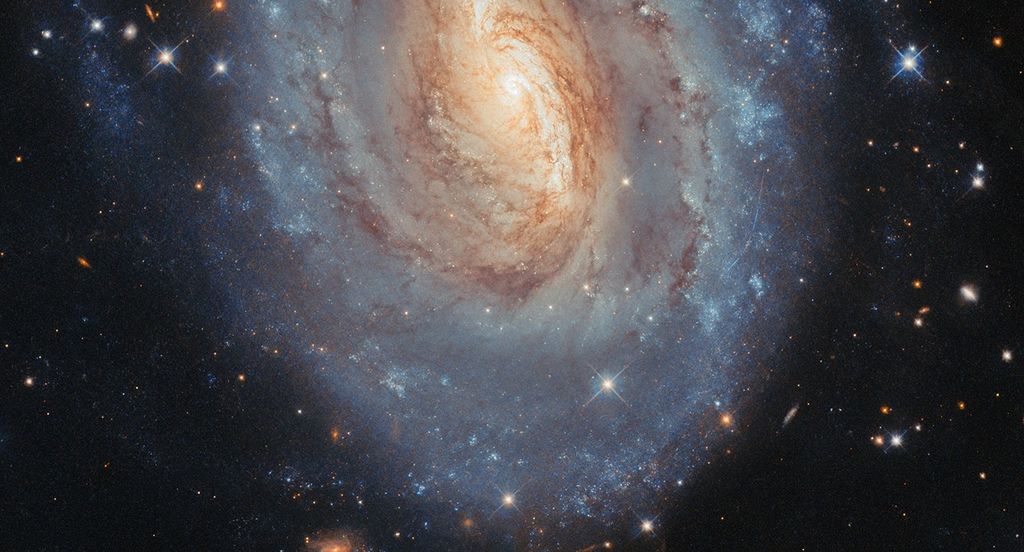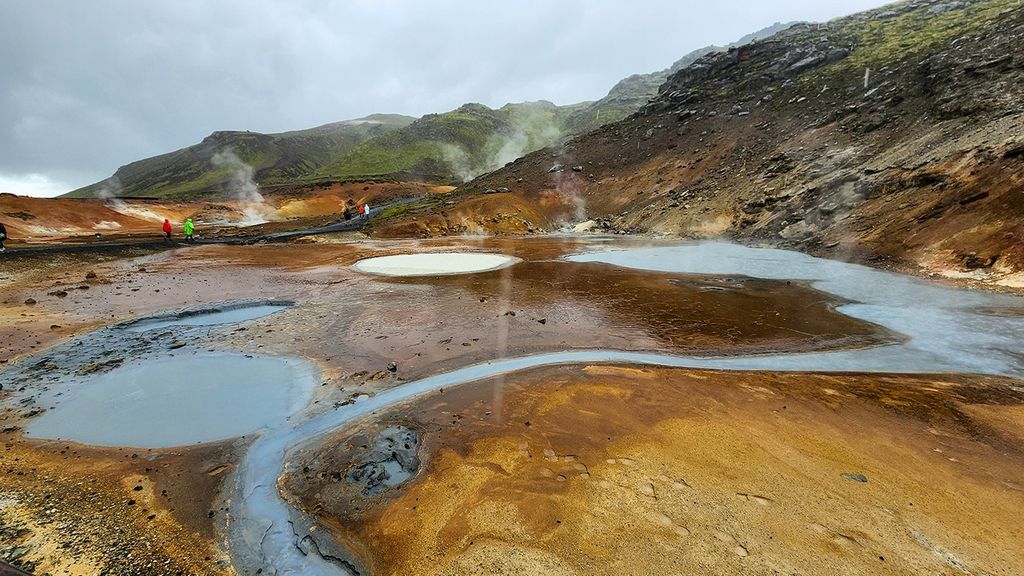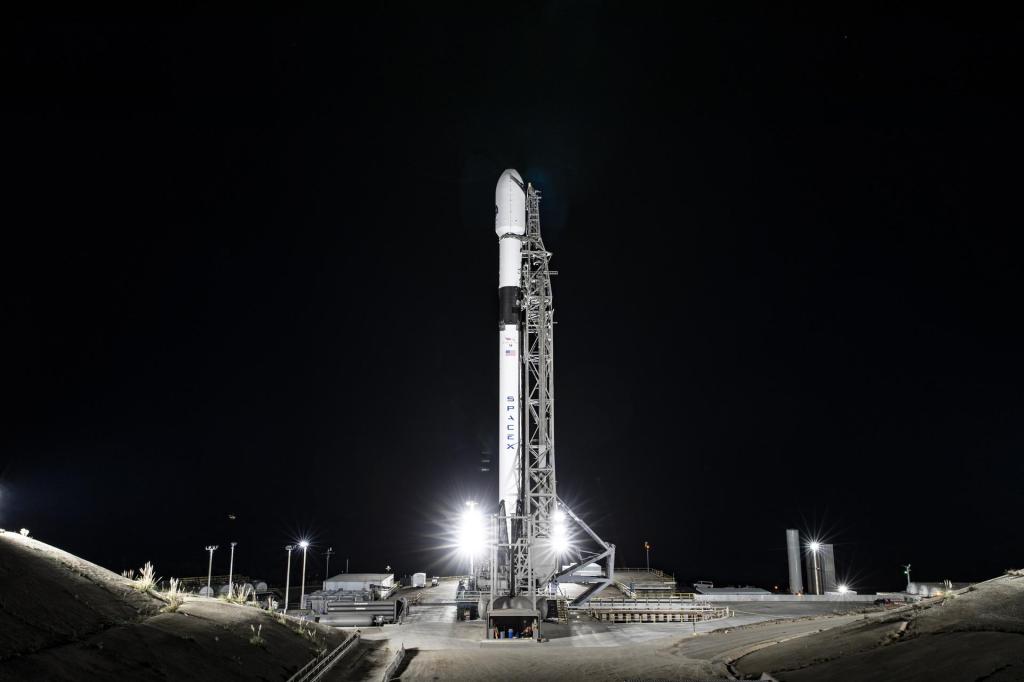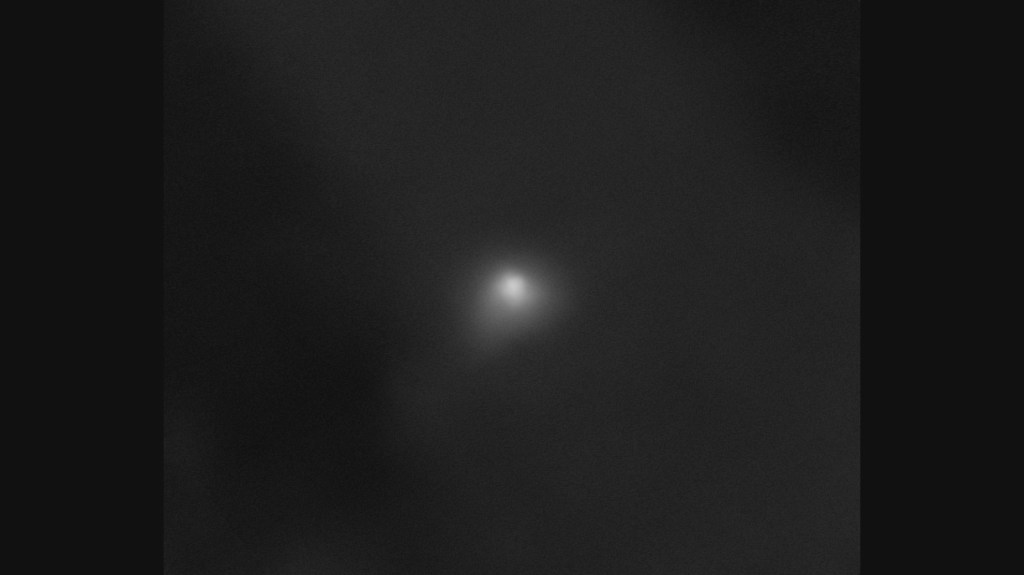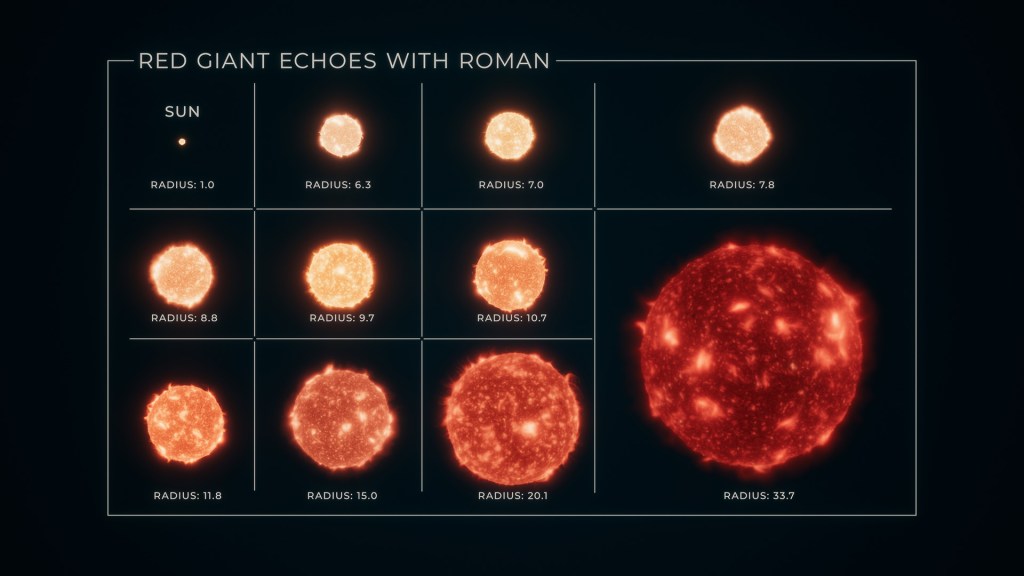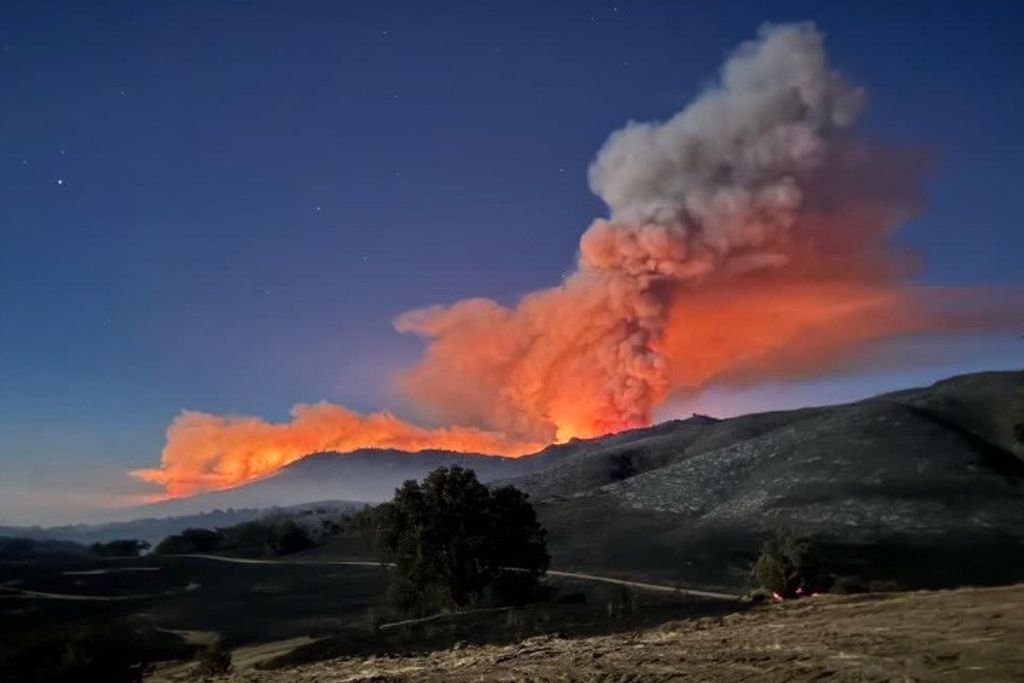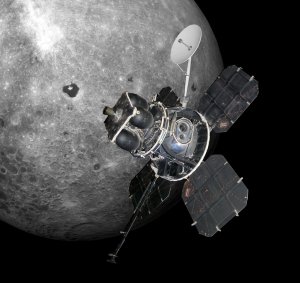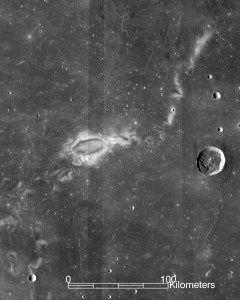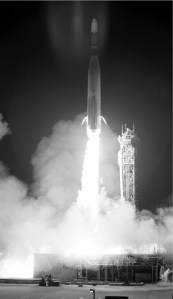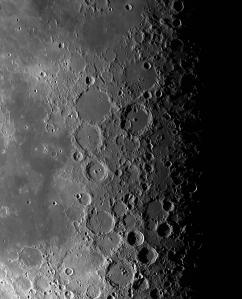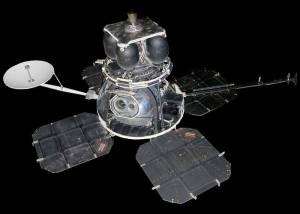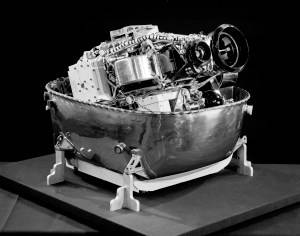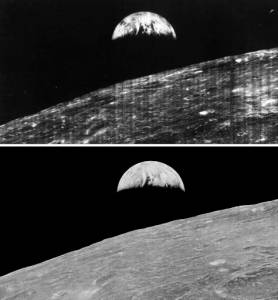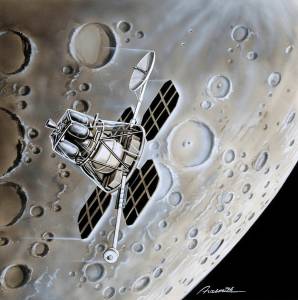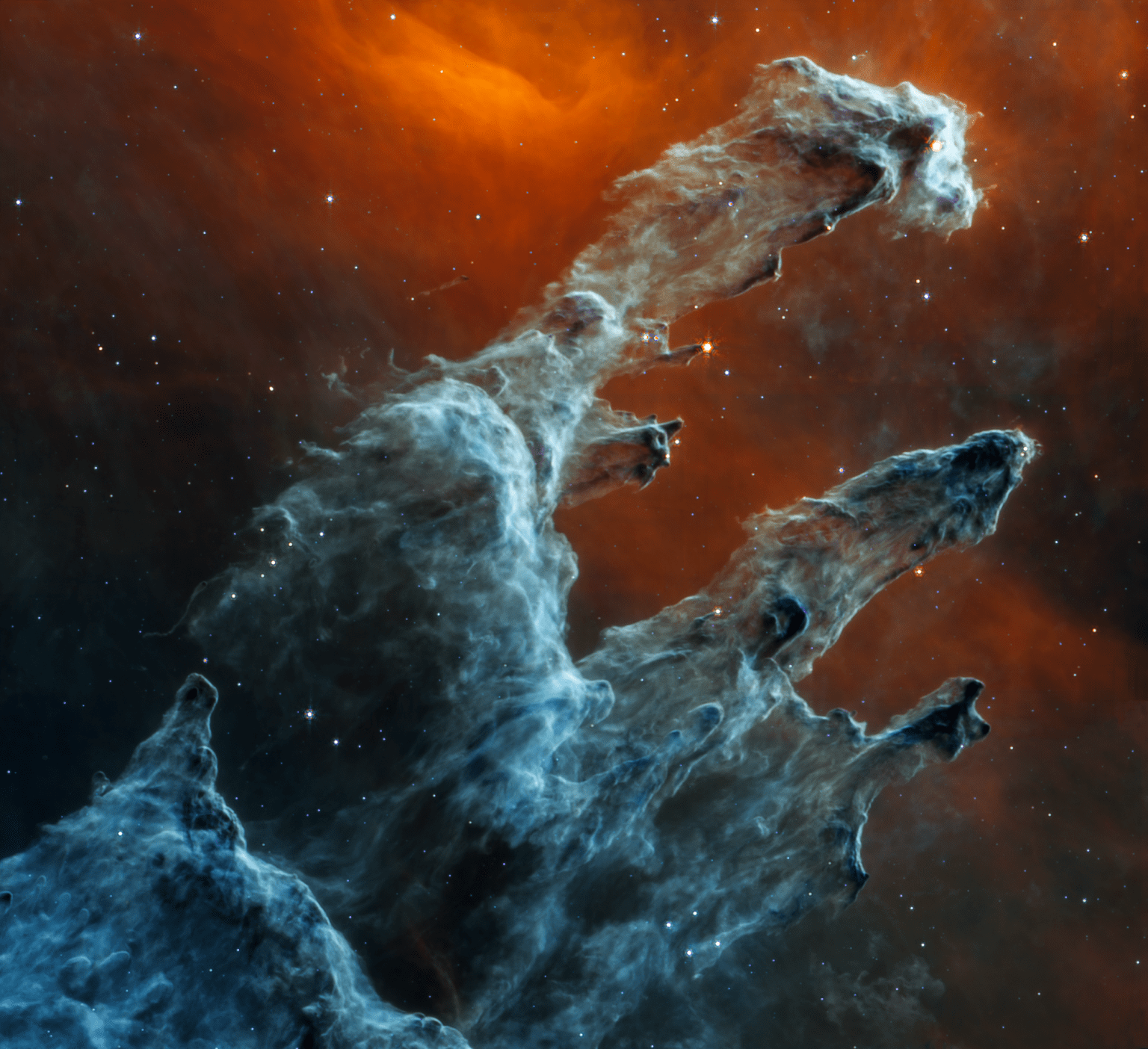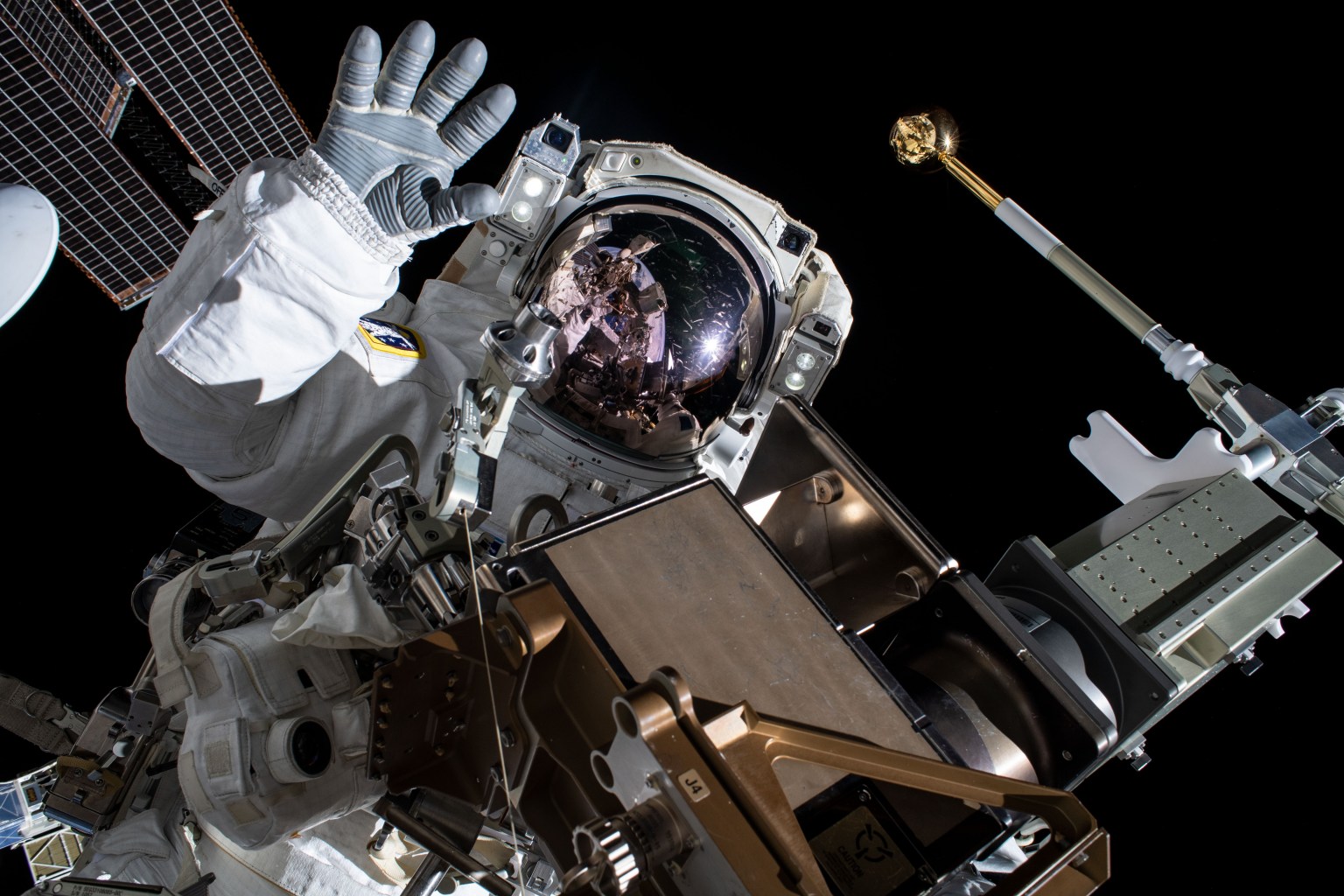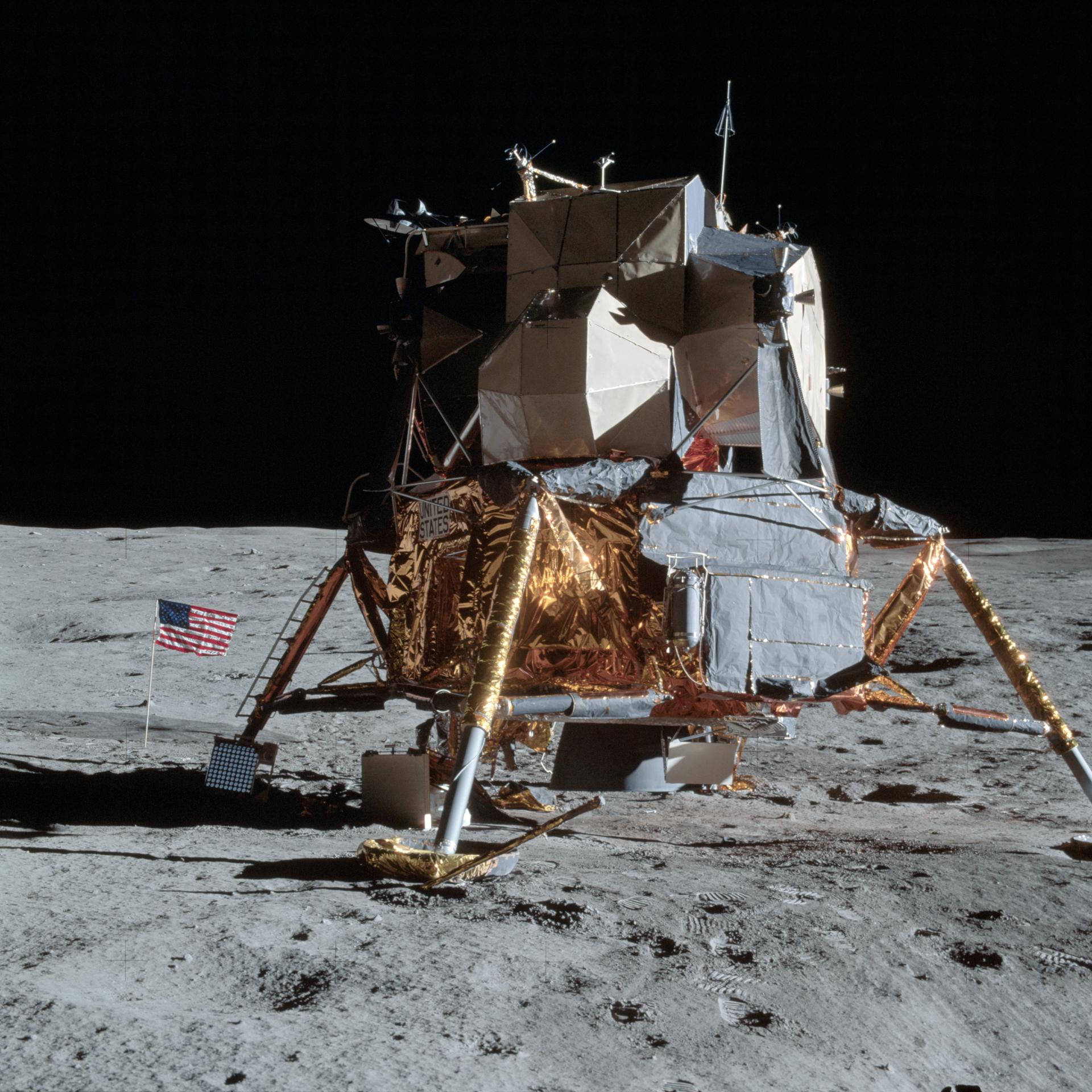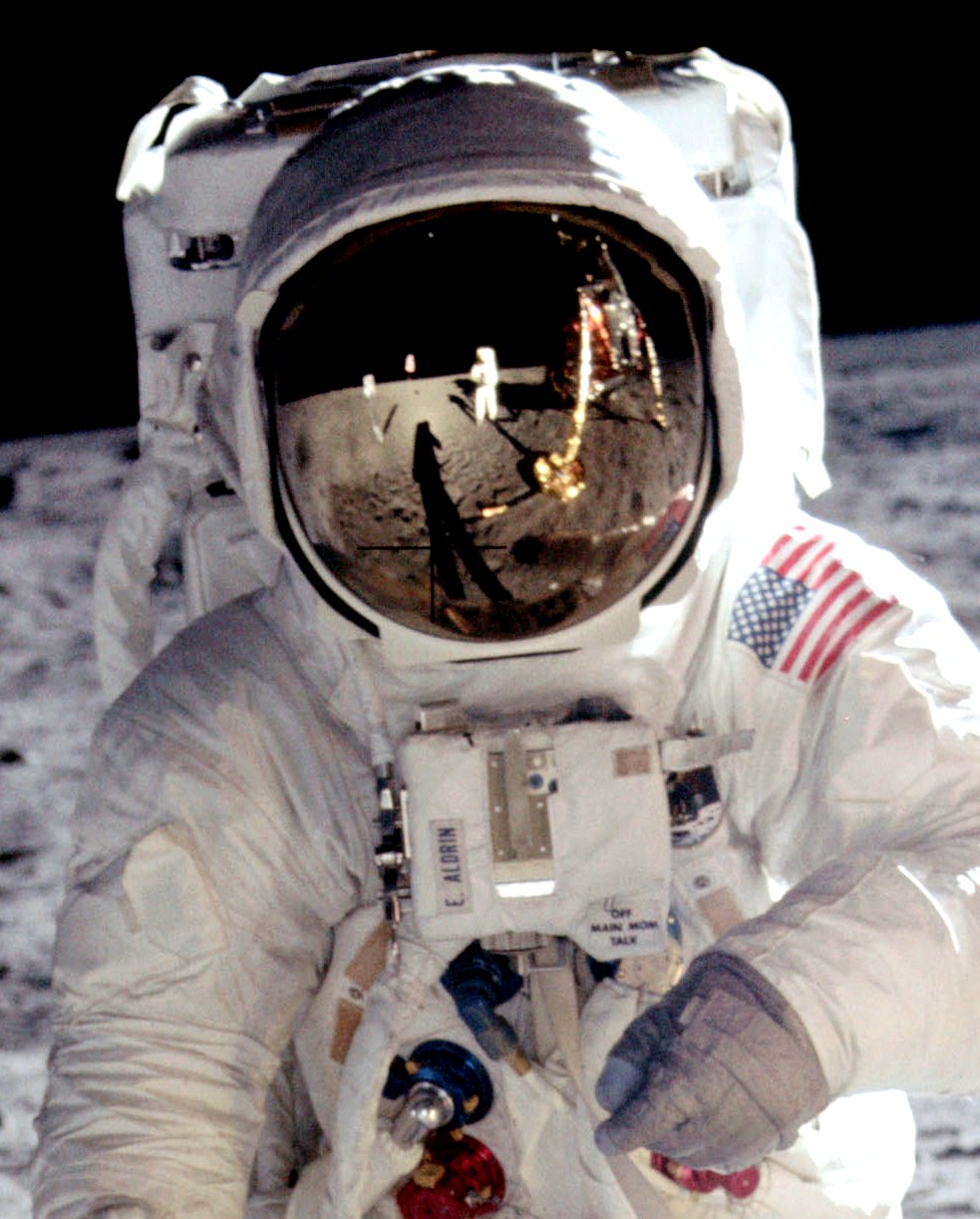Lunar Orbiter 5
NASA's Lunar Orbiter 5 was the last in a series of highly successful missions to map the Moon for potential landing sites and to conduct general observational surveys.
Mission objective
launch vehicle
Launch
Landing
Lunar Orbiter 5
Lunar Orbiter 5, the last of the Lunar Orbiter series, was designed to take additional Apollo and Surveyor landing site photography and to take broad survey images of unphotographed parts of the Moon's far side.
Learn More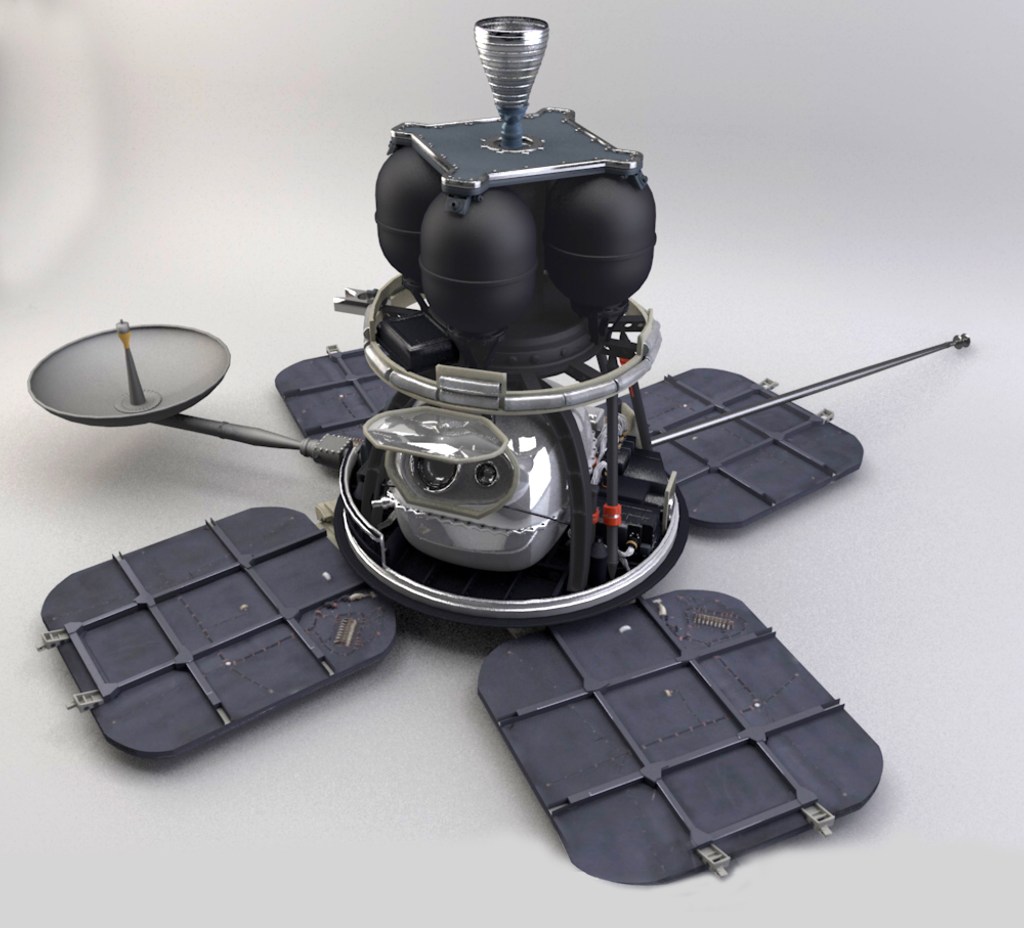
Key Dates
Aug. 1, 1967: Launch
Aug. 3, 1967: Lunar Orbiter 5 entered lunar polar orbit
Aug. 7, 1967: Photography mission began
Jan. 31, 1968: Spacecraft commanded to impact on surface of the Moon
In Depth: Lunar Orbiter 5
Lunar Orbiter 5 was the last in a series of highly successful missions to map the Moon for potential landing sites and to conduct general observational surveys. This last mission’s objectives were both photographic (the primary mission) and non-photographic (the secondary mission).
The primary mission involved taking additional pictures of Apollo sites, broad surveys of unphotographed areas of the far side of the Moon, imaging the Surveyor landing sites, and photographing areas of scientific value.
The secondary goals included acquisition of precise trajectory information for improving the definition of the lunar gravitational field, measurement of the micrometeoroid flux and radiation dose in the lunar environment, and helping to prepare the Manned Space Flight Network for the Apollo missions.
After a course correction on Aug. 3, 1967, Lunar Orbiter 5 entered lunar polar orbit two days later after an engine firing at 16:48 UT that lasted 8 minutes, 28 seconds. Initial orbital parameters were about 121 × 3,743 miles (194.5 × 6,023 kilometers) at 85.01-degrees inclination. The orbital period was 8.5 hours.
Lunar Orbiter 5 began its photography mission at 01:22 UT Aug. 7, 1967, before executing a maneuver to bring it to its operational orbit at about 62 × 3,743 miles (100 × 6,023 kilometers).
The spacecraft photographed 36 different areas on the Moon’s near side and mapped most of the far side via a set of 212 frames until the photography mission ended Aug. 18, 1967. The images included pictures of five potential Apollo landing sites, 36 science sites, and 23 previously unphotographed areas of the Moon’s far side, as well as possible targets for future Surveyor missions.
Controllers also extensively used the spacecraft to map the Moon’s gravitational field in order to predict orbital perturbations on future lunar orbital missions. The probe also obtained a spectacular high-quality photo of Earth showing Africa and the Middle East at 09:05 UT on Aug. 8, 1967.
A change in orbit on Aug. 9, 1967, brought the orbit down to about 932 × 61.5 miles (1,499.37 × 98.93 kilometers) at an 84.76-degree inclination.
Lunar Orbiter 5 was commanded to impact on the lunar surface Jan. 31, 1968, which it did at 0 degrees north latitude and 70 degrees west longitude.
In total, the five lunar orbiters photographed 99% of the lunar surface. Perhaps the most important finding credited to data from the orbiters, and Lunar Orbiter 5 in particular, was the discovery of “mascons” or lunar mass concentrations under the lunar ringed maria, first published by P. M. Muller and W. L. Sjogren, researchers at NASA’s Jet Propulsion Laboratory, in mid-1968.
Key Source
Siddiqi, Asif A. Beyond Earth: A Chronicle of Deep Space Exploration, 1958-2016. NASA History Program Office, 2018.
| Objective(s) | Lunar Orbit |
| Spacecraft | LO-E (Spacecraft 3) |
| Spacecraft Mass | 850 pounds (385.6 kilograms) |
| Mission Design and Management | NASA / LaRC |
| Launch Vehicle | Atlas Agena D (Atlas Agena D no. 24 / Atlas D no. 5805 / Agena D no. AD159/6634) |
| Launch Date and Time | Aug. 1, 1967 / 22:33:00 UT |
| Launch Site | Cape Canaveral, Fla. / Launch Complex 13 |
| Scientific Instruments | 1. Imaging System 2. Micrometeoroid Detectors 3. Radiation Dosimeters |
Lunar Orbiter 5 Image Catalog
Lunar Orbiter V was the final LO mission. It was designed to provide additional photographs of candidate Apollo landing sites and high-priority science sites elsewhere on the lunar nearside and farside. The spacecraft was launched on August 1, 1967. Between August 6 and 18 it took 174 photographs during 69 orbits. Specific targets of interest included 45 sites on the lunar nearside and 24 sites on the lunar farside.
Learn More about Lunar Orbiter 5 Image Catalog